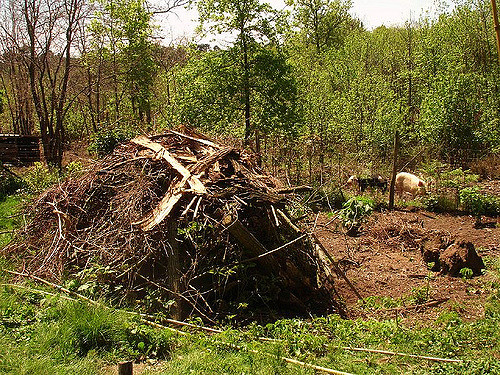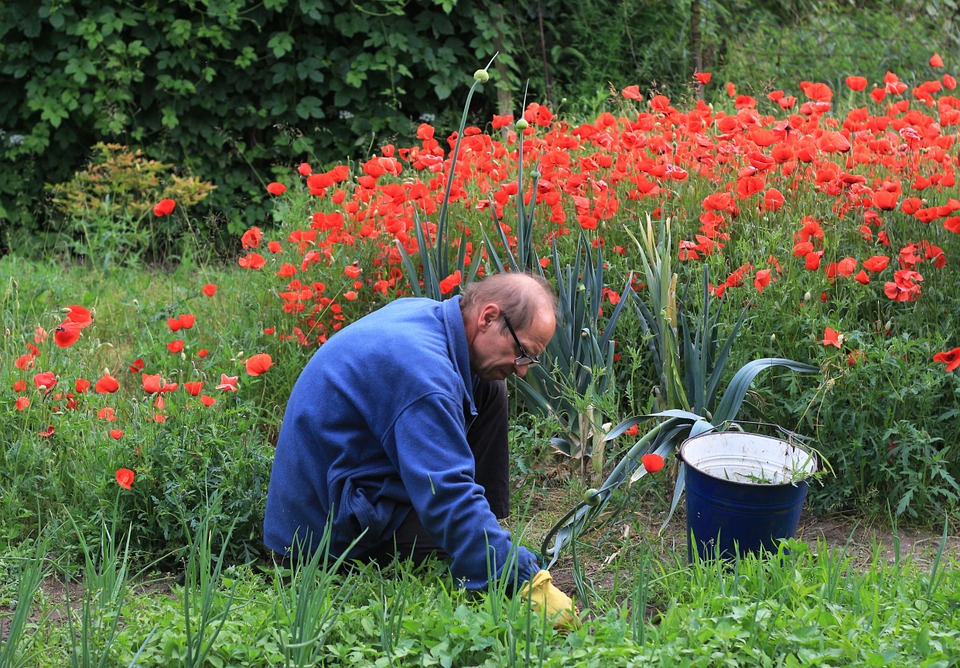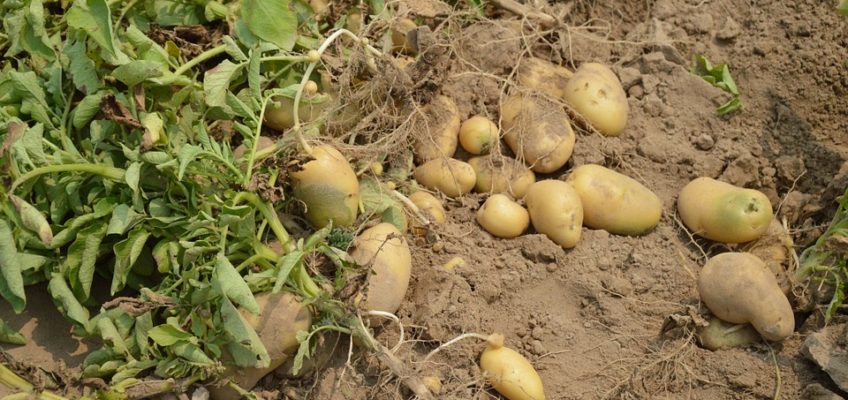All About Feverfew
Feverfew is a great resource to have on your homestead. With so much work to get done, you can’t just take a sick day every time you don’t feel good. You need to have a medicine on hand to get you back on your feet. Feverfew can help with that. Uses Feverfew can be … Read more







